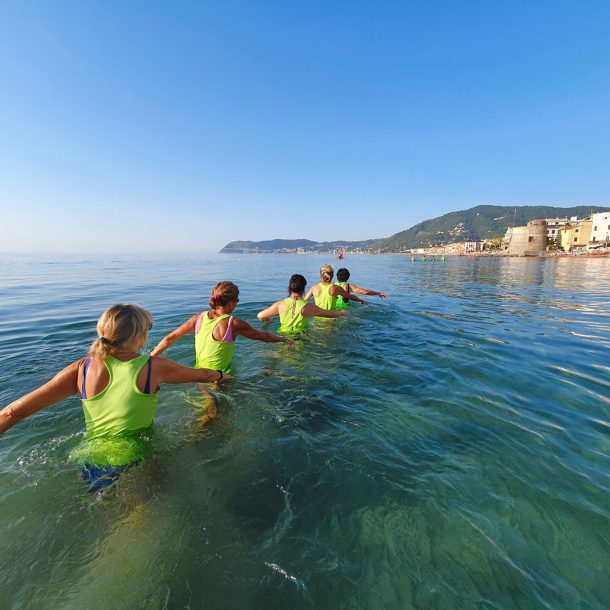
Close
A Journey Through Time from the 1600s to Today
It’s hard to imagine that in 1646, when John Raymond noted Alassio in his travel diary, he unknowingly previewed the special relationship that would flourish between England and this small Ligurian town over two centuries later.
From Mr. Mortoft’s rugged walk through olive groves in 1656 to Edward Smith’s botanical curiosity in 1786, early English travelers discovered Alassio’s charm. By the 1800s, a steady wave of British guests had arrived—fascinated by the mild climate and untouched nature.
General McMurdo and Mr. Gibb fell in love with Alassio, choosing to stay permanently. Villas were built, gardens opened to the public, and British influence began to shape the town’s identity. Thomas Hanbury played a central role, purchasing land and helping establish the Alassio railway station in 1872.
The Anglican Church rose near the station, celebrating its first wedding in 1881. British doctor John Dickinson arrived in 1878, and artist Richard W. West settled here permanently, capturing seaside life in works that now hang in the West Memorial Gallery.
The English Club, founded in 1900, became the heartbeat of Alassio’s British life—hosting galas, concerts, and fencing matches. Villas dotted the hills, and the town gained a reputation for elegance and cultural refinement.
World War II marked a turning point. Many left, and tourism became more summer-focused. Daniel Hanbury led the community through its transition, founding the tennis club and English Library, but the colony gradually shrank. The demolition of the English Club symbolized the end of an era.
Visitors can still experience the legacy:
© 2025 Hotel Ligure – P.IVA 00839570090 – CITR 009001 – ALB – 0035 – CIN IT009001A1MUAEI720 – CreaCity – Privacy Policy Cookie Policy